Eco-Conscious Upholstery Stain Removal: Restore Beauty, Respect the Planet
Chosen theme: Eco-Conscious Upholstery Stain Removal. Welcome to a gentle, science-backed approach that saves your favorite seats while safeguarding indoor air, waterways, and the well-being of kids, pets, and the planet we share.
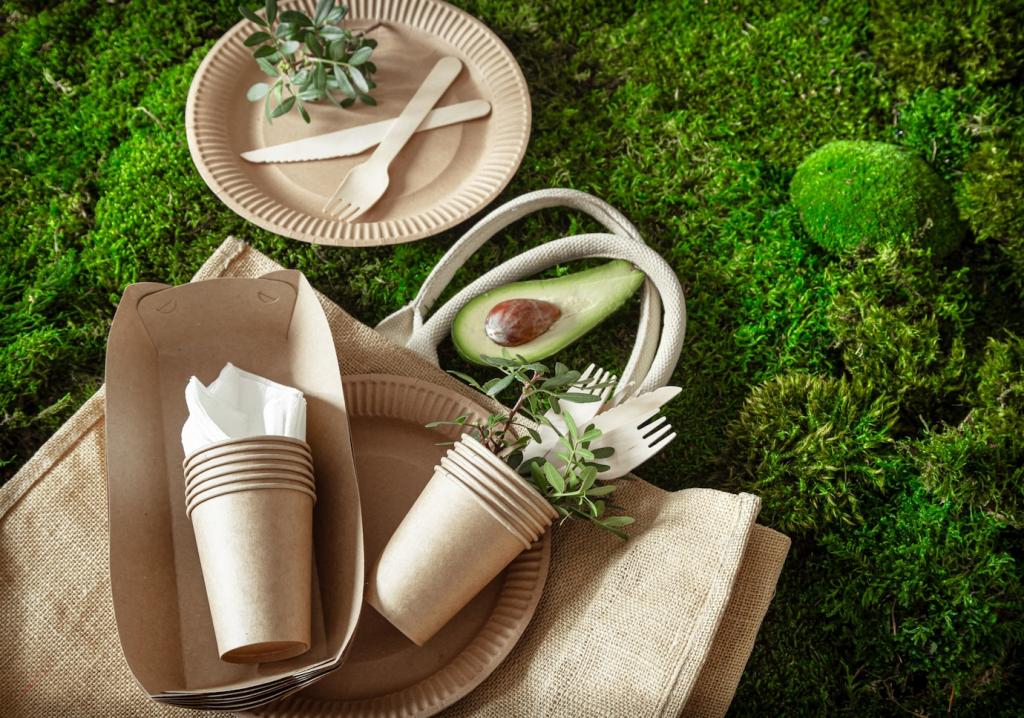
Indoor Air Quality Without the Harsh Fumes
Conventional stain removers can release volatile compounds that linger in living rooms long after the spill is gone. Gentle, plant-derived solutions reduce fumes, protecting sensitive lungs while still tackling stains with patience and smart technique.
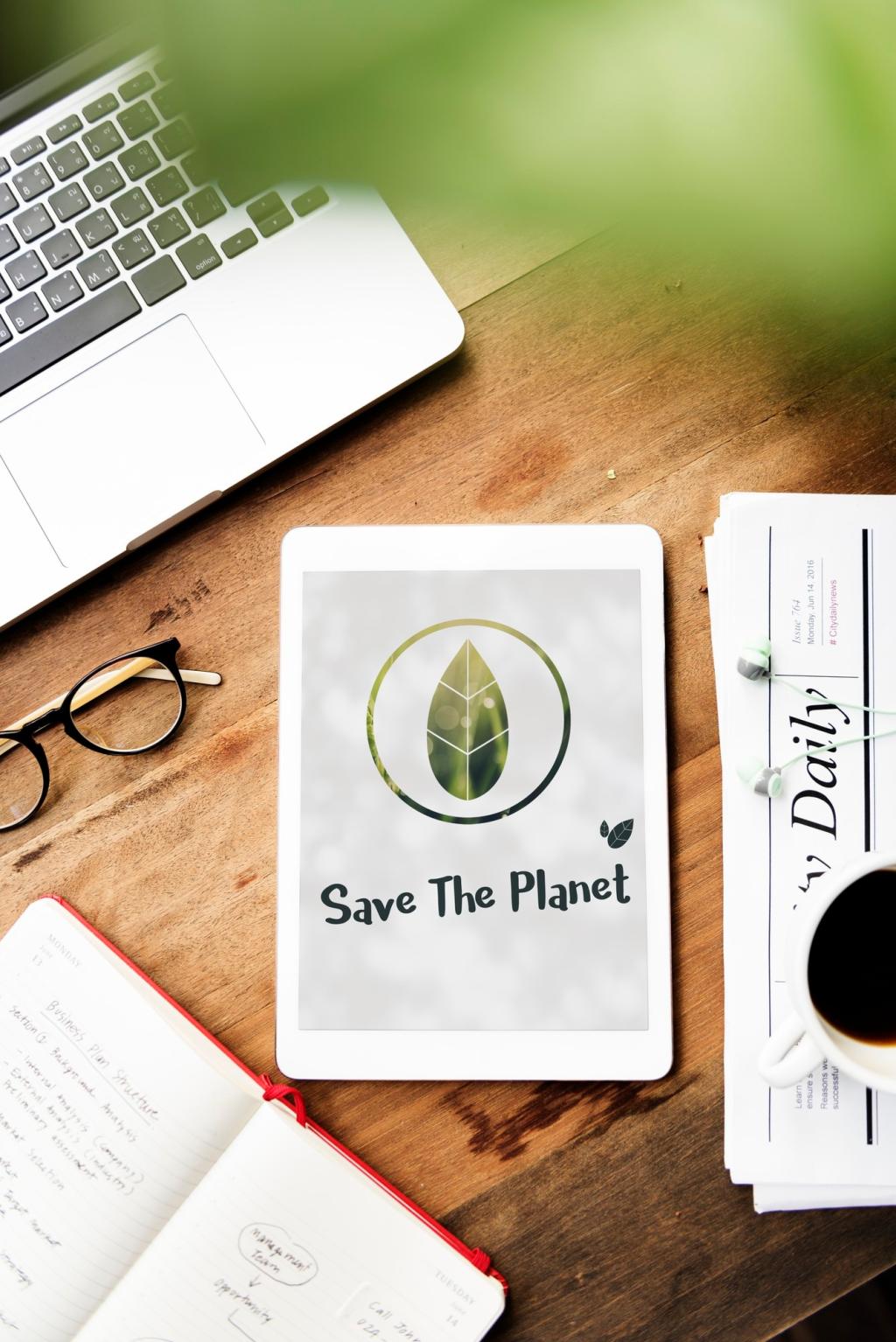
Less Waste, More Reuse
Eco-conscious cleanup favors durable, washable cloths over disposable paper towels. By choosing tightly woven cotton or bamboo cloths and laundering responsibly, you limit waste and avoid shedding plastics into waterways with every washing cycle.
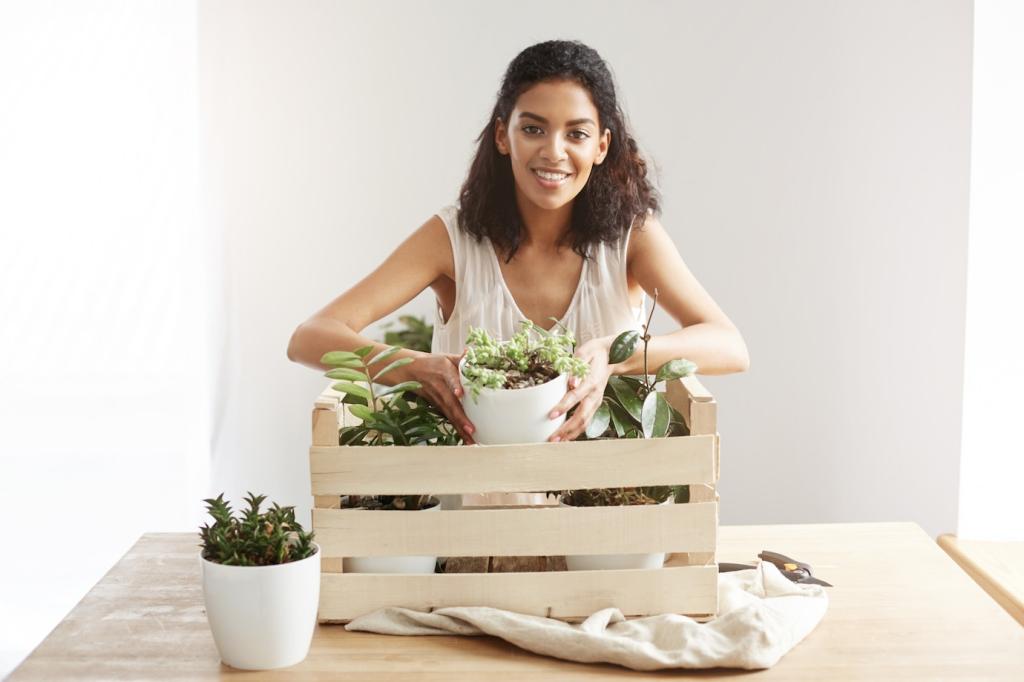
Protecting Waterways Through Thoughtful Chemistry
Biodegradable formulas break down more safely once they leave your home. Avoiding chlorine-based bleaches and aggressive solvents reduces downstream ecological stress, helping rivers and soils stay healthier for longer, season after season.
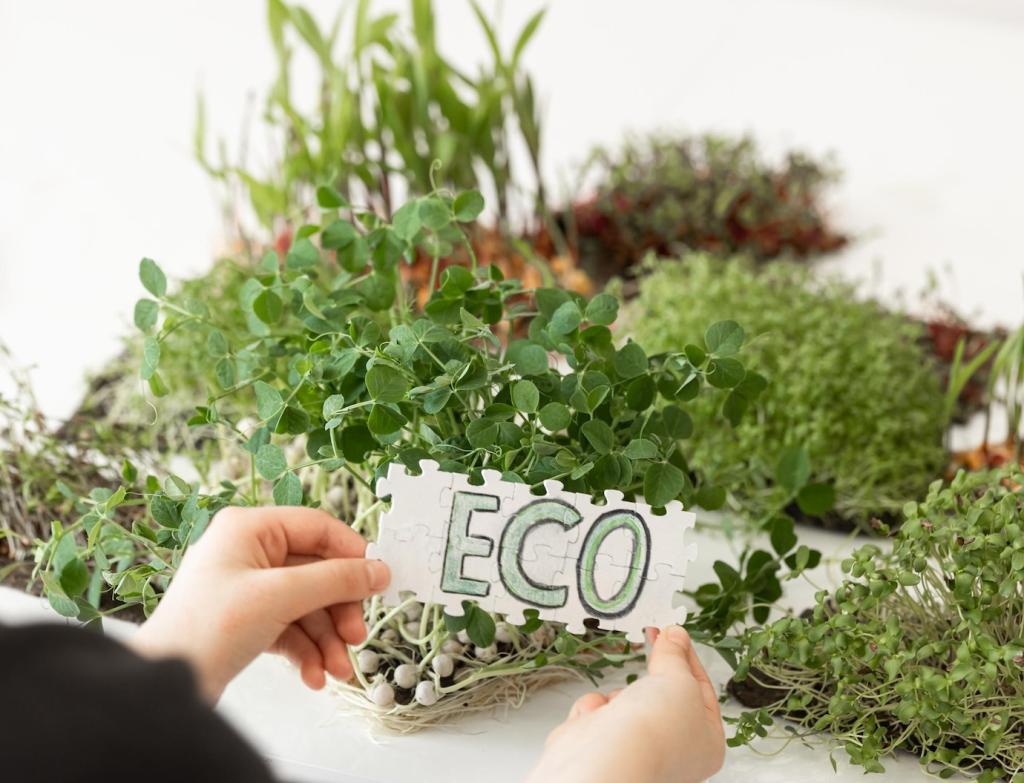
Know Your Fabric, Choose Your Tactic
Natural fibers can swell with moisture and shift color when treated too aggressively. Use cool water, gentle blotting, and neutral pH solutions, and always patch test inconspicuously to avoid spreading moisture rings or altering texture.
Know Your Fabric, Choose Your Tactic
Synthetics hold oily soils differently and may respond well to mild, plant-derived surfactants. Avoid high heat that can set stains. Work slowly, using minimal moisture to prevent watermarks and preserving the original hand-feel of the fabric.
Build a Low-Impact Stain Kit
Tools That Last and Reduce Plastic
Choose a glass spray bottle, a soft-bristle brush with a wooden handle, stainless or bamboo measuring spoons, and tightly woven reusable cloths. Durable tools encourage careful technique and keep single-use plastics out of your cleaning routine.
Plant-Based Surfactants and Gentle Boosters
Castile soap and mild, plant-derived surfactants lift grime without harsh residues. Pair with distilled water to avoid mineral spotting, and remember that low concentration and contact time often matter more than brute force or excessive product.
Thoughtful Additions for Tough Moments
Baking soda, white vinegar, and sodium percarbonate offer eco-friendlier support when stains resist. Always pre-test oxidizers, use minimal amounts, and thoroughly blot and rinse to leave fibers comfortable, colors stable, and conscience clear.
Eco-Friendly Recipes for Common Stains
Red Wine and Berry Splatters
Quickly blot, then apply sparkling water to lift pigments mechanically. Follow with a dilute white vinegar and water mix, dab gently, and air-dry. If needed, a light baking soda paste can finish bright dyes without aggressive bleaching.
Coffee and Tea Tannins
Tannins respond to slightly acidic solutions. Mix cool water with a few drops of castile soap and a splash of white vinegar, blot patiently, and repeat. For older stains, a cautious oxygen-based boost can help without heavy chlorine.
Grease, Oil, and Lipstick
Dust fresh spots with cornstarch to absorb oils before they spread. After lifting powder, use a very mild soap solution to emulsify residues. Work slowly, blotting between passes, and avoid heat that can weld oily soils into fibers.
Drying and Deodorizing the Sustainable Way
Set up cross-ventilation with a fan to move air across the damp area. Avoid hairdryers on high heat, which can set stains and warp fibers. Even, gentle airflow protects the fabric’s shape and finish while moisture evaporates smoothly.
Drying and Deodorizing the Sustainable Way
Morning sun can gently brighten, but always check colorfastness first. Rotate cushions to prevent uneven fade lines, and limit exposure for delicate natural fibers. Sunlight is powerful; a little can help, while too much can overwhelm.

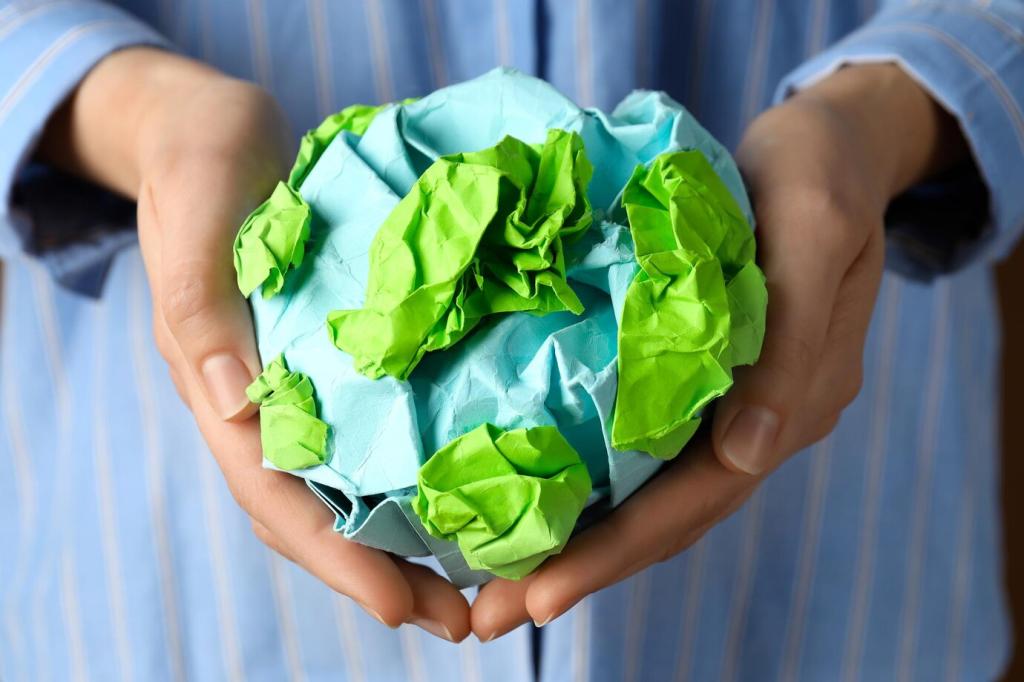
Caring for Delicate or Vintage Upholstery

Test, Document, and Proceed Slowly
Before treating, photograph the area and test your solution in a hidden spot. Wait until fully dry to judge results. Notes help you repeat successful steps and avoid mistakes that cannot be undone on fragile textiles.

Tread Lightly With Steam and Moisture
Delicate natural fibers can distort with heat or swell unpredictably. If using steam, keep distance and time extremely short. Often, controlled blotting and cool, sparse moisture outperform heat on priceless or sentimental upholstery.
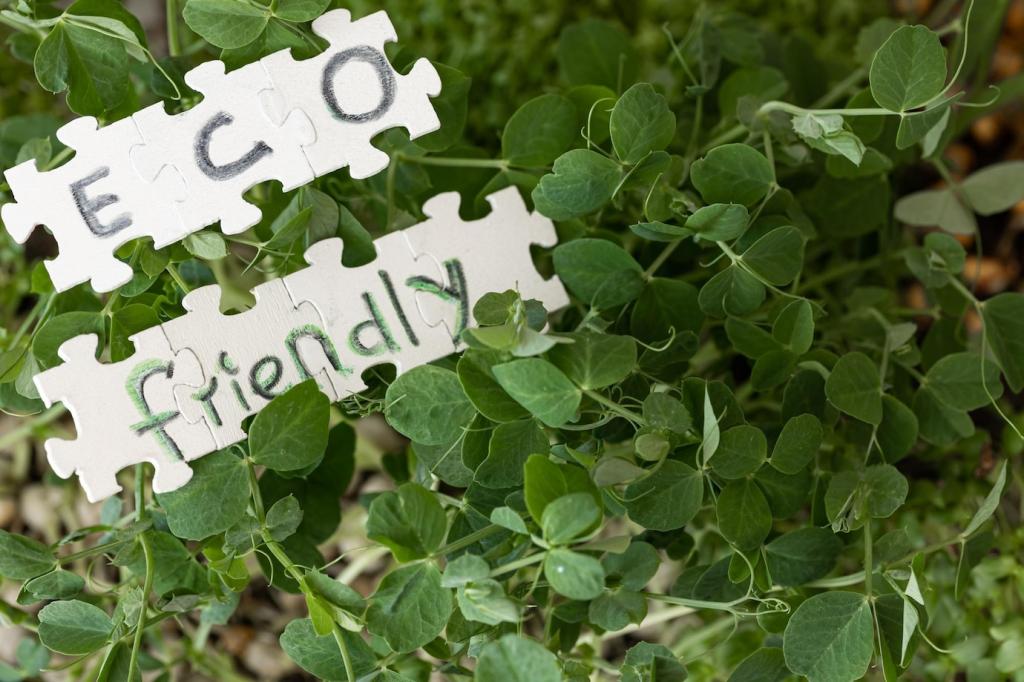
When Minimal Intervention Wins
Sometimes the best eco-friendly choice is restraint. If dye bleed appears or fabric puckers, pause and reassess. Consider conservation-minded guidance rather than escalating chemicals that may cause irreversible damage in pursuit of perfection.

I once watched a vivid beetroot streak land on pale linen during a lively dinner. Sparkling water, careful blotting, and patience turned panic into relief. That evening taught me calm technique beats harsh chemicals every time.
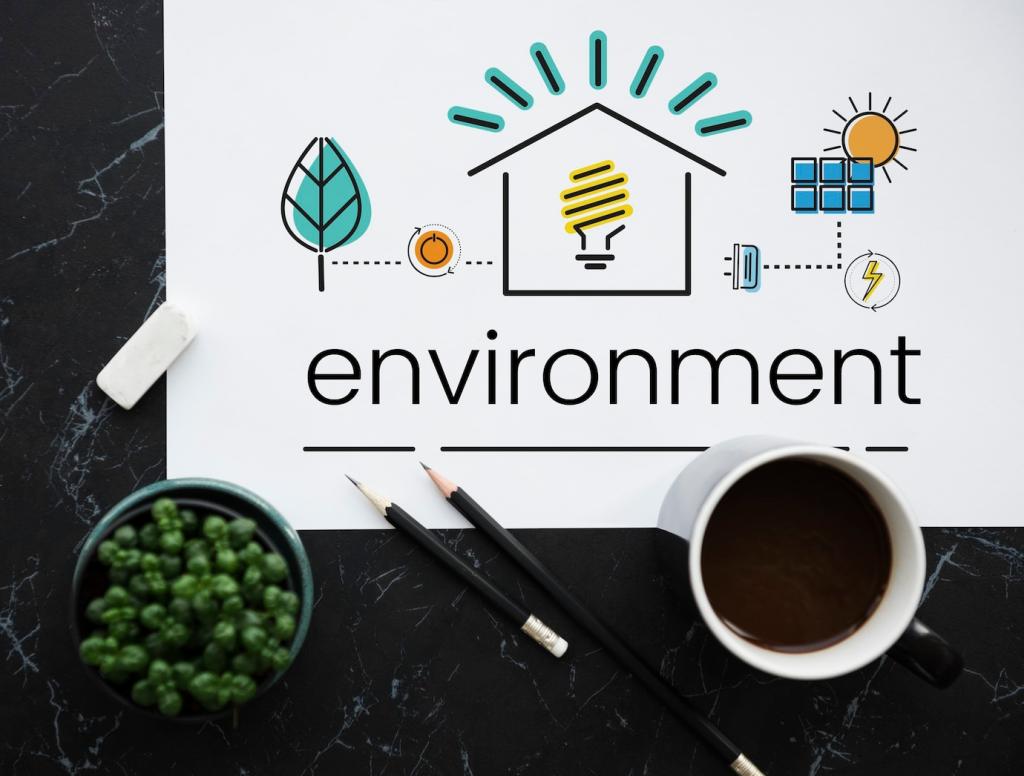
Have you revived a favorite chair with plant-based solutions? Tell us what worked, what did not, and any clever tweaks. Your insights help neighbors everywhere choose gentler methods that still deliver satisfying, reliable results.

Join our eco-conscious community for monthly stain guides, fabric spotlights, and low-waste challenges. Subscribe, comment with requests, and help shape future posts that keep homes beautiful while treading lighter on the planet.
